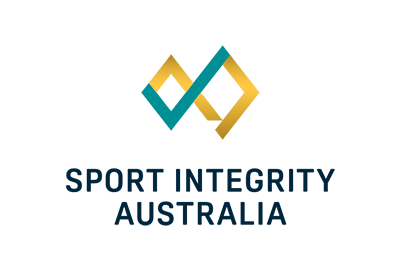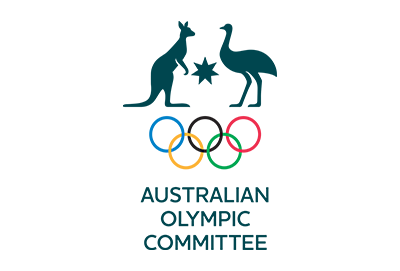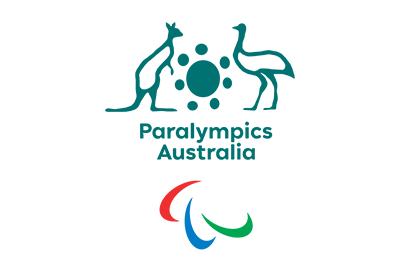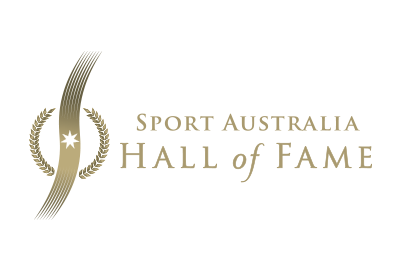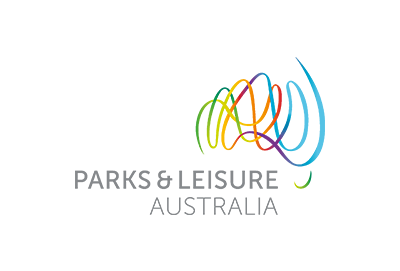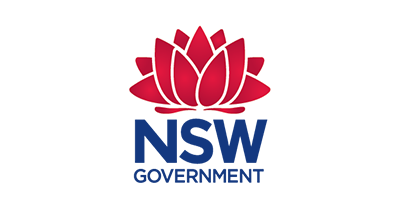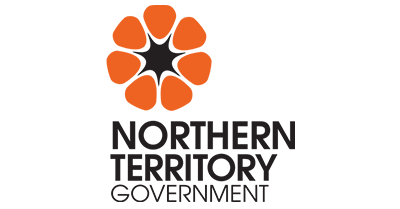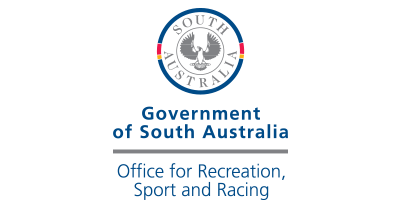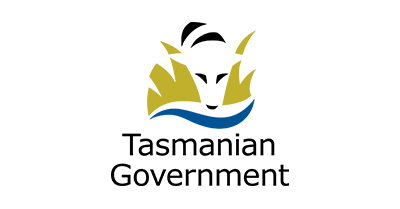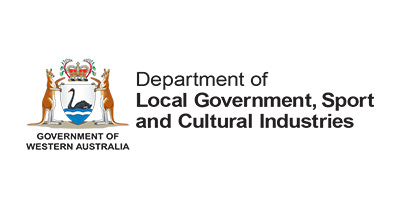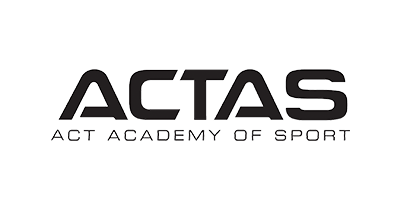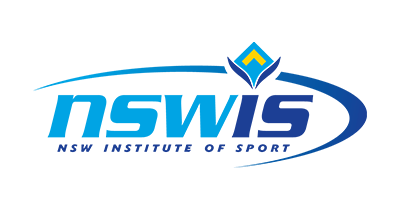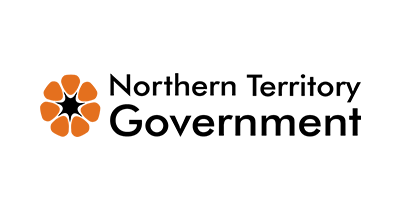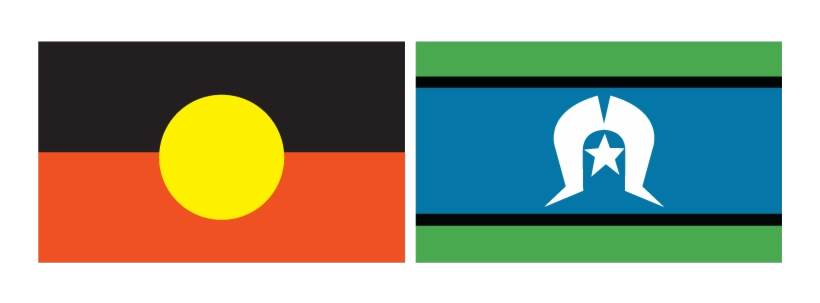Australia's First Nations Peoples and Sport
How First Nations people play and participate in sport.
When sports organisations engage with First Nations communities it provides mutual benefits. 7 Sports can gain from greater diversity in decision making and leadership, new and innovative ideas for strategies and programs, and increased participation and fan bases. In return, sport can offer enhanced social, educational, employment, and health outcomes, on and off the field. 6
Australia's First Nations, the Aboriginal and Torres Strait Islander peoples, possess diverse languages and customs and are some of the world’s oldest continuous cultures with histories dating back more than 60,000 years. 1
At 30 June 2021 there were 983,700 Aboriginal and Torres Strait Islander people, representing 3.8% of the total Australian population. 2
Participation - 2024
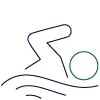
An estimated 278,000 (27% of) First Nations peoples [aged 18+] participated in a sport-related activity at least once a week. 3

An estimated 189,000 (31% of) First Nations men [aged 18+] and 86,000 (21% of) women [aged 18+] participated in a sport-related activity at least once a week. 3

An estimated 38% of First Nations peoples [aged 18+] were involved in a non-playing role at least once in 2024. 4
Estimated age group participation in sport-related activities at least once a week by First Nations peoples [aged 18+] 3
Estimated State/Territory participation in sport-related activities at least once a week by First Nations peoples [aged 18+] 3
- Australian Capital Territory - 5,000 (45%)*
- New South Wales - 102,000 (27%)
- Northern Territory - 4,000 (24%)*
- Queensland - 64,000 (26%)
- South Australia - 21,000 (33%)
- Tasmania - 4,000 (17%)*
- Victoria - 52,000 (26%)
- Western Australia - 26,000 (27%)
*estimate has a relative margin of error between 50% and 100% and should be used with caution
Most popular sport-related activities with estimated participants 5
Young Adult aged 18-24 | Adult aged 25-54 | Mature Adult aged 35+ |
|---|---|---|
|
|
|
REFERENCES
- Australia's First Peoples, opens in a new tab, Australian Institute of Aboriginal and Torres Strait Islander Studies, (accessed 6 April 2022)
- Estimates of Aboriginal and Torres Strait Islander Australians, opens in a new tab, Australian Bureau of Statistics, (31 August 2023)
- AusPlay Data Portal: Sport-related participation – frequency of participation, opens in a new tab, Australian Sports Commission, (accessed 3 May 2023)
- AusPlay data release, Australian Sports Commission, (April 2023)
- AusPlay Data Portal: Participation by activity, opens in a new tab, Australian Sports Commission, (accessed 3 May 2023)
- Football's Indigenous Engagement: State of Play, opens in a new tab, Professional Footballers Australia on behalf of John Moriarty Football, (November 2018).
- Benefits of inclusion in sport, Australian Sports Commission, (accessed 26 June 2023).
Topic Focus
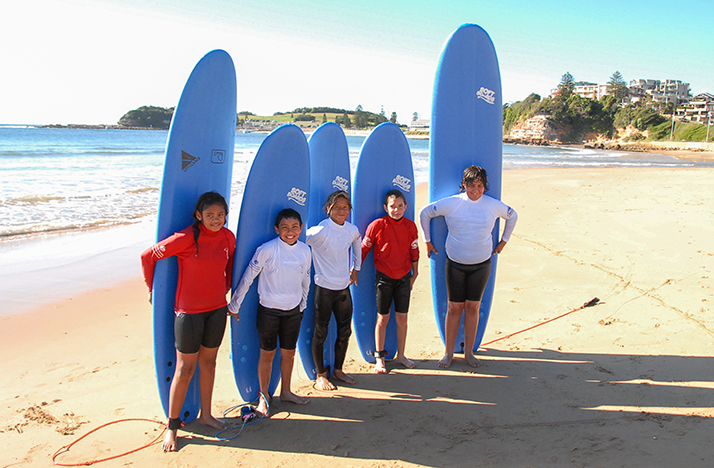
Benefits of sport
As part of the broader Closing the Gap agenda, sport can help break down barriers and assist with entry into First Nations communities.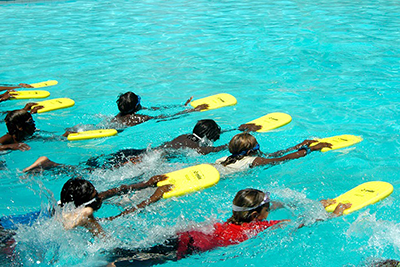
Factors influencing participation
What motivates individuals to participate in sport and physical activity can change over time and will be influenced by individual, cultural, and social factors.
Equity
First Nations peoples are generally under-represented in professional or high-performance sport leadership, coaching, and officiating.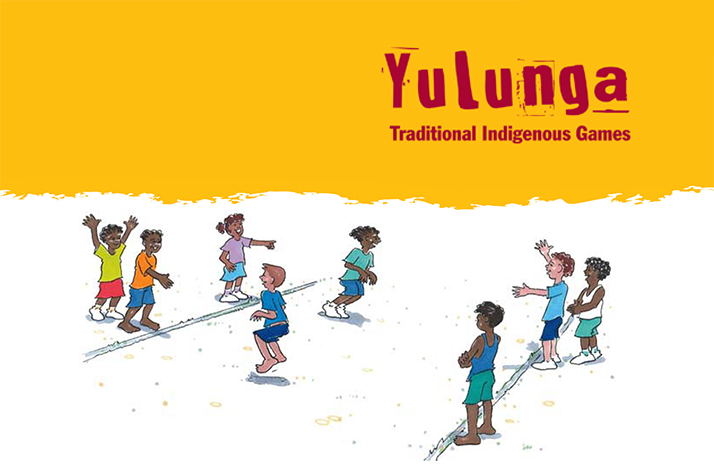
Policies, programs, and supporting structures
Australian and international initiatives to support and encourage First Nations participation and leadership in all aspects of sport.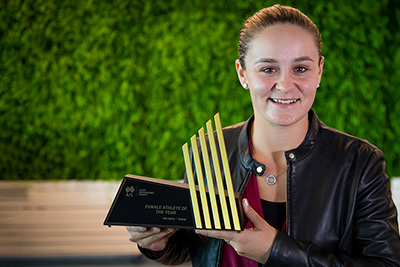
Awards and recognition
Over the years, many First Nations sportspeople have been recognised for their contribution to sport and society.
Last updated: 30 July 2025 Content disclaimer: See Clearinghouse for Sport disclaimer
Is this information complete? The Clearinghouse for Sport is a sector-wide knowledge sharing initiative, and as such your contributions are encouraged and appreciated. If you would like to suggest a resource, submit a publication, or provide feedback on this topic, please contact us.
